How to Create a Media Kit That Stands Out Like a Superstar? – Digital Polo Inc
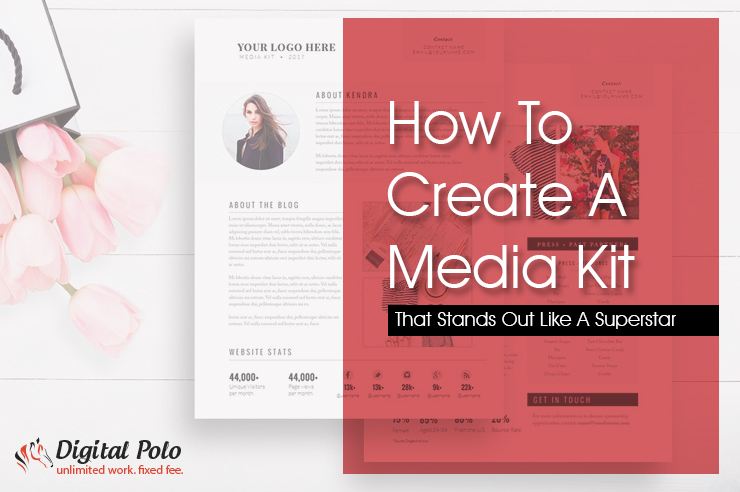
If you are one of those businesses who spend a major portion of their income on marketing, then chances are you must have given a thought to Media Kits.
Whether you are a small business or a multinational company, a start-up or a franchisee, a media kit is an essential marketing tool for you.
Attractive and informative media kits form a powerful tool for garnering the attention of media and bringing your business into the spotlight.
Think of any of the marketing giants whose newsletters embellish your inbox. They all have a press kit handy.
First, let’s get clear about what a media kit is.
I know. I know. You know what a media kit is. But there may also be a curious reader who doesn’t have a clue.
So here’s the deal. If you are fully aware of what a media kit is, you can skip the next two sections and jump right here. (Did I hear a sigh of relief?)
As for the rest, are you still scratching your heads? Don’t worry. The following two sections are just for you. Read on!
What is a Media Kit?
Imagine yourself standing in the middle of a crowded street and someone gives you a megaphone.
You will instantly grab the opportunity to promote your business to the potential customers, right?
A media kit or a press kit is quite similar to a megaphone.
Think of a media kit as a comprehensive folder of all important information about your business that you would like a person to know.
A media kit is almost like an extended business card for your company – an essence of your brand identity expressed through your logos, images, products and awards.
It serves as an ideal resource for reporters, journalists and publications, equipping them with all the information they require to cover your story through an article or interview.
Through a media kit, businesses also sell sections of their website to advertisers keen to reach a wider audience base.
For example, Vogue Knitting does a good job in stating its intent to advertisers directly through its media kit:

The media kit acts as an important resource for various people. Bloggers use the data from a media kit for their blogs and podcasts. Investors analyse the information and decide whether to invest in your company or not.
Organised, well presented and professional media kits entice the press to contact you, know more about your business and share your story with the world.
Benefits of a Media Kit
But why should you work on a media kit? What are the benefits you get out of it?
Here are 4 advantages of investing in a media kit.
1. Because it is professional. It shows that your brand means BUSINESS!
Just one look at Forbes’s media kit will communicate the global diversity of the company and the professionalism the brand name imparts:
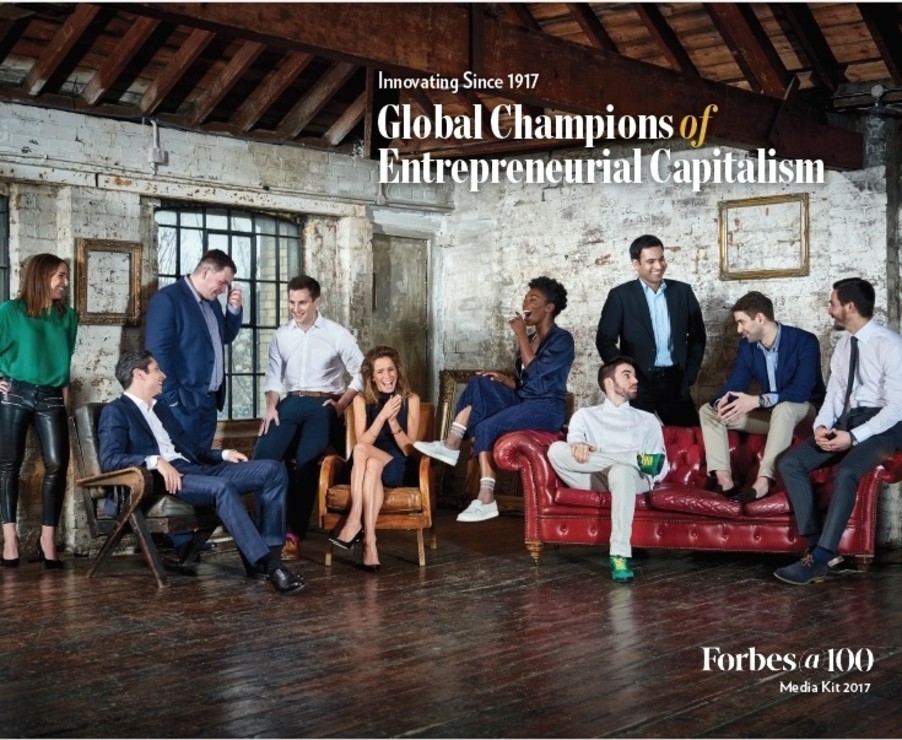
2. Because it is an easy way to promote your brand. It gives your brand the necessary visibility in a market saturated with similar products.

3. Because it establishes your brand identity and communicates effectively what your brand is all about.
The moment you land up on Levi’s press page, you immediately understand what the company is about, even if you do not have any idea (is that really possible?):

And finally,
4. Because it saves time. Rather than sifting through the scattered information on your website, it makes sense to go through the consolidated facts in your press kit.
Tumblr’s press kit brings together all the relevant details under one roof which makes it easy for readers to get an idea about the company.
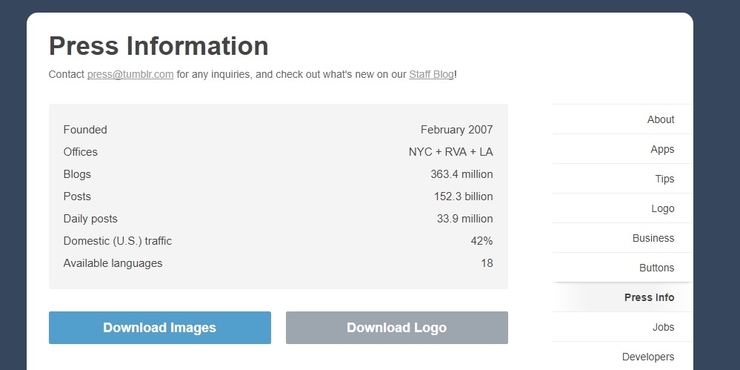
Okay so now you know What is a Media Kit and What are its benefits.
Time for the thing you have been waiting for so long. HOW DO YOU MAKE IT WORK?
Well, believe me when I say, it is not rocket science. Neither is it a big secret.
There are just TWO things you need to create a Superstar media kit – content and design.
Yes. That’s all!
Surprised? Let me explain.
By content, I mean what all you include in a media kit. What information your media kit incorporates.
By design, I am referring to how you present your media kit – the use of colours, themes and designs.
So, let’s start with the first one.
Content – What to include in your media kit
What you should include in your press kit depends on a lot of factors, like the size of your company, the type of your business, what products and services you sell, your approach etc.
Below is a list of things you can include in your press kit. You may include one or several of them depending on your business.
But please do not include all of them. One of the things you SHOULD NOT do for a media kit is clutter it with a lot of information.
1. Headline – Your media kit should start with a catchy headline that describes your brand aptly. Not only will this get your reader interested in your business but will also establish your brand as an identity. It has the power to transform your business from “some nondescript company” to “that amazing company”.
Vogue Knitting’s media kit grasps the reader’s attention with its killer headline that communicates the nature of its product and consolidates its brand identity:
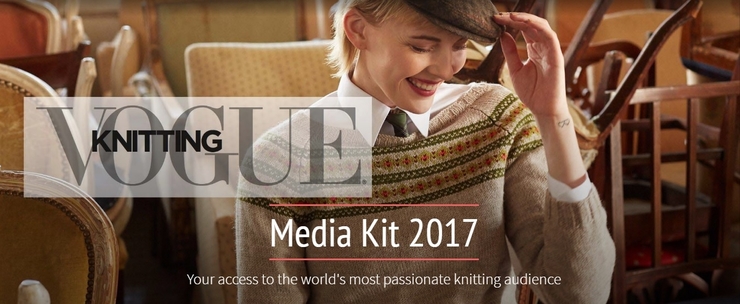
2. Company Profile – This is the space where you share your story. Fill up this space in such a way that even a layman gathers everything about your business after reading this.
Airbnb provides an interesting background to its emergence as a company in the form of an intriguing story:
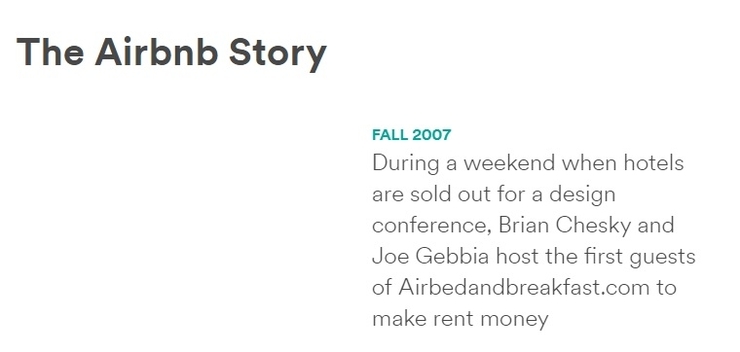
3. Team – Providing a bio of your company’s team gives readers an insight into the people running the company and instils confidence among them.
Inc.com provides detailed backgrounds on its team that lends a humane touch to the company warming up readers to the brand:
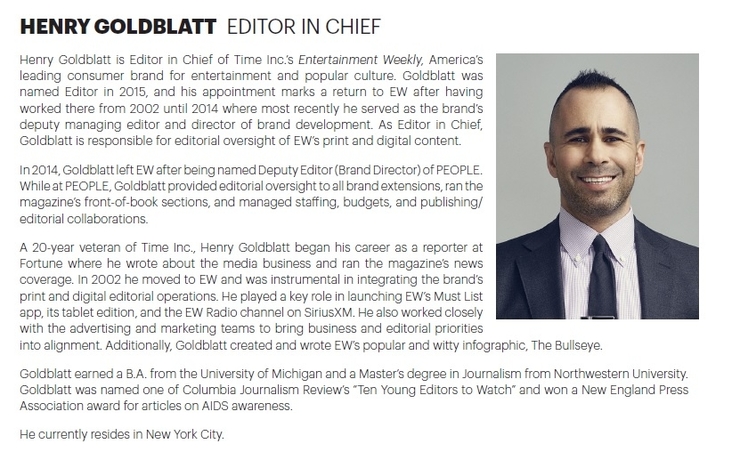
4. Mission – Your mission statement explains the purpose of your company’s existence to prospective clients and can be an important criteria why people will choose your business.
Next City clearly states its mission statement in its media kit along with a background image that emphasises its point and purpose:

5. Product and service demonstration – Media kits are also places where you can showcase the features of your product or share information about a service you provide.
Do you see how Balsamiq beautifully integrates a demonstration of its product in its media kit?

6. Media Coverage – Presenting press mentions are a good way of establishing credibility. These features can then be reprinted or fresh coverages can be made based on them.
Airbnb showcases all its features in a separate section in its press page:
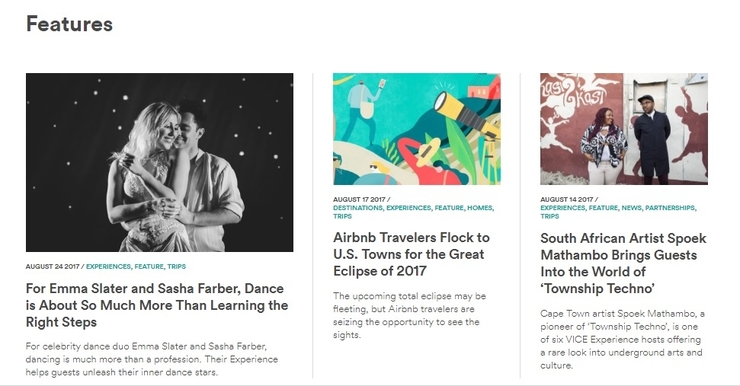
7. Press Releases – A media kit that contains press releases often instigate further media coverage.
Here’s how Cielo provides a list of press releases in its media page:
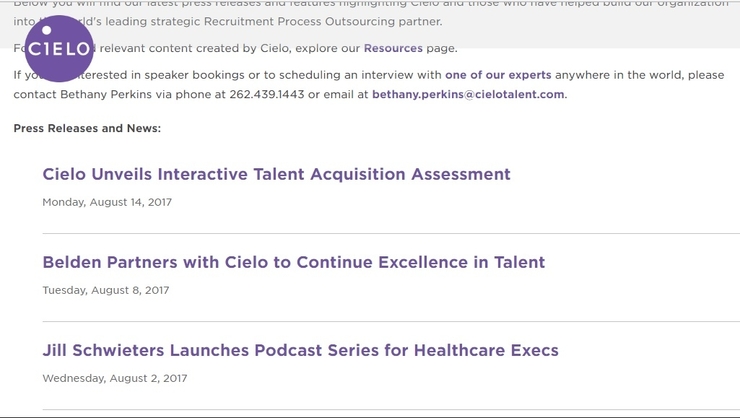
8. Case Studies – Sharing case studies in your media kit proves your worth in the industry and also serve as excellent materials for a news story.
Observe how CNN shares its compelling case studies in its press page:
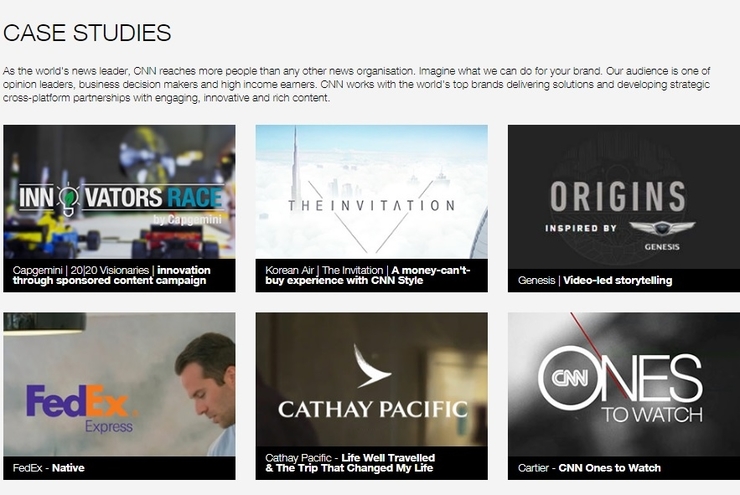
9. Photos and Videos – Photos and videos break the monotony and open up the reader to other forms of media that offer a different perspective to the reader. The images can be of company offices and products while the videos can be of interviews and talks.
Pinterest remembers to share links to YouTube videos of their talks in their media kit:
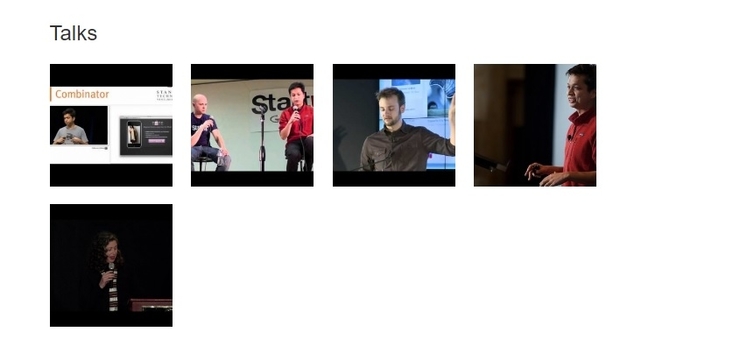
10. Events – Media kits are ideal places to present live events of your business to potential clients. This will increase footfalls and in turn client numbers.
Look how Vogue Knitting publicises their event in their media kit:
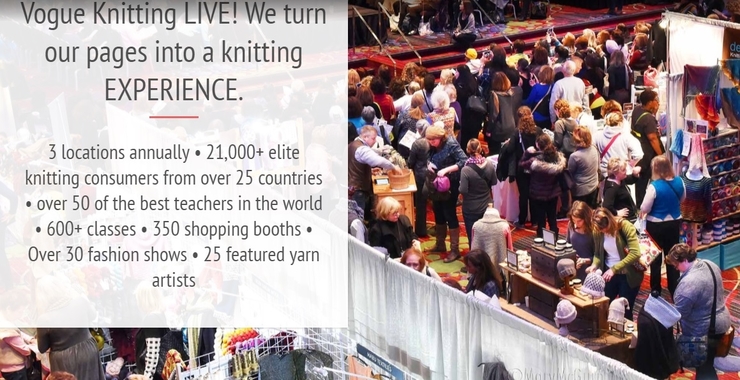
11. Demographic Information – Sharing info about your reader base helps advertisers understand what kind of an exposure they will get for a sponsored article or an ad space. It also showcases the influence of your business in the market.
Entertainment Weekly boldly flaunts their audience statistics in their media kit that will influence advertisers to opt for their brand:
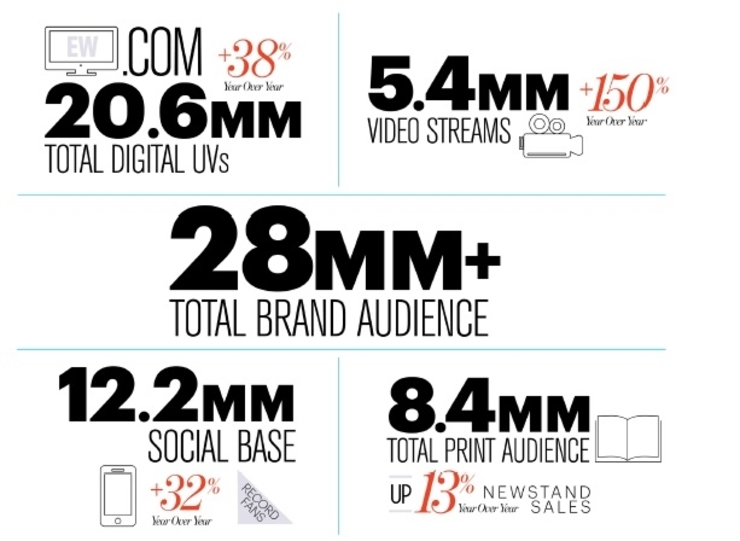
12. Logos & Images – Media kits that make available downloadable logos and images are useful assets for publications since they can directly use them in their articles.
Balsamiq makes their logo readily downloadable in various formats in their media kit:
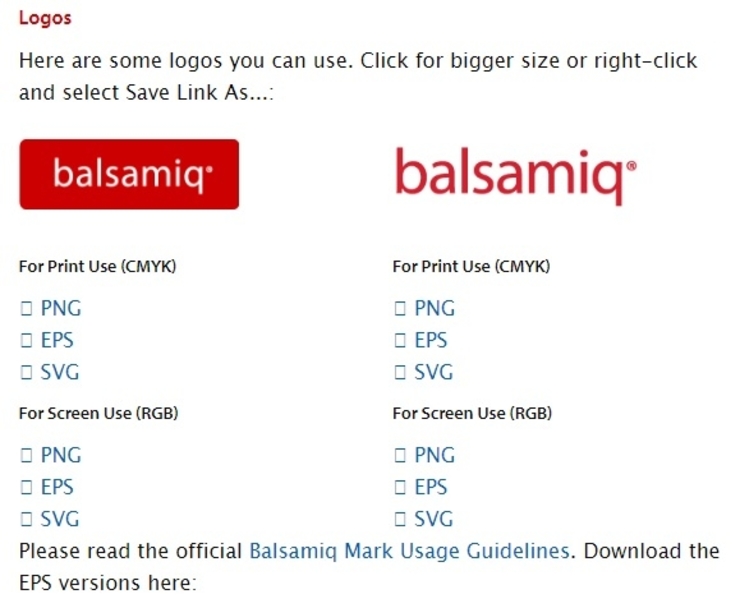
13. Social Media – Social media followers are the best judge of brand popularity. Sharing these helps in informing advertisers and influencers of the extent of your brand presence.
Vogue Knitting creates a huge impression by prominently displaying their social presence in their press kit:
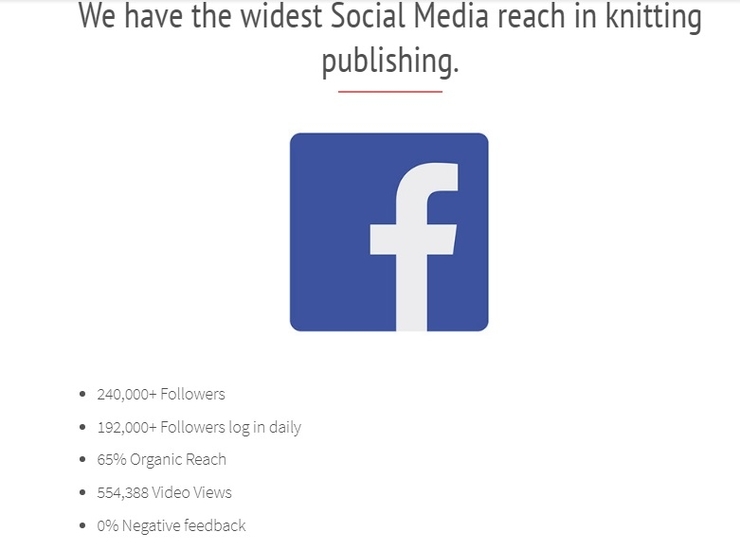
14. Testimonials – Testimonials are a great way to instil confidence in your brand. These third party references prove that there are several companies that can vouch for your brand. This increases your reputation as a business.
Inc.com highlights positive testimonials from powerful companies in its media kit:
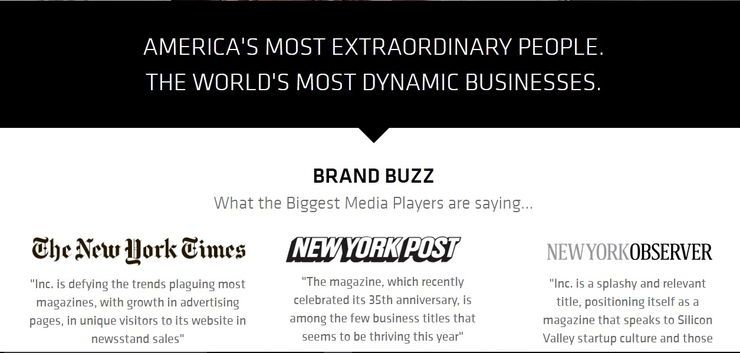
15. Contact – Having a designated press contact for your company not only imparts a professional outlook but also makes your business easily available to the press for queries, questions and actions.
Next City provides its contact details in a way that it can’t be missed. It even mentions the email id of the designated person for handling all press inquiries:
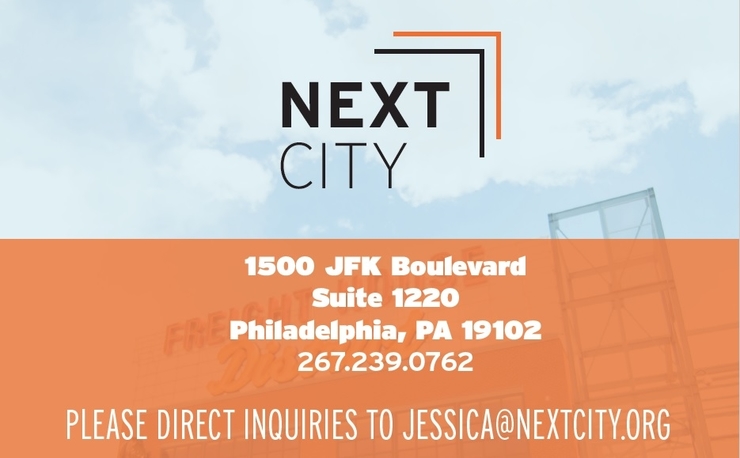
16. Package – You can also share package rates for your products or services in your media kit. This helps your potential customers remain informed and purchase if they like them.
Ad Age presents their premium member package features in their media kit:
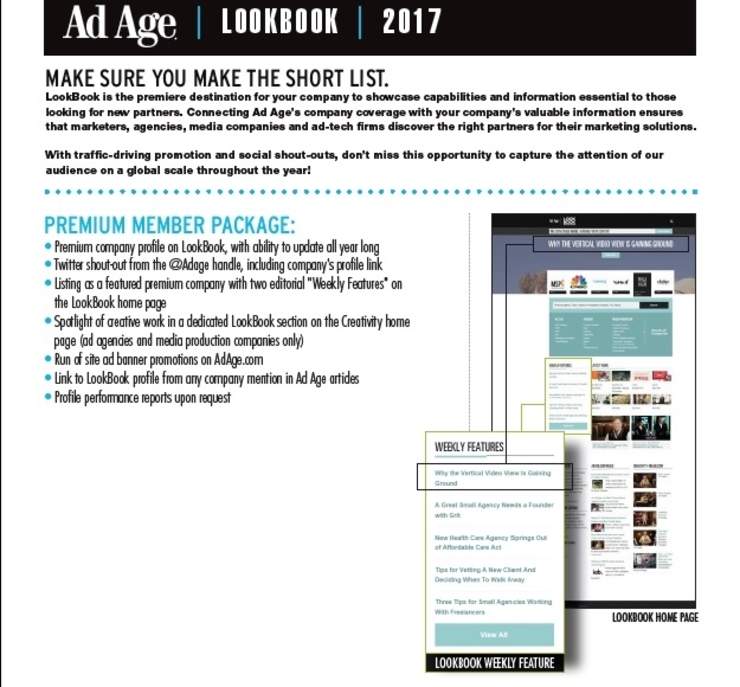
17. Advertising Rates – Providing rates for advertisers in the media kit is a good resource since it informs them of whether to choose your brand for sponsorship to cater to a larger audience. It also saves time on their part to again contact your company for rates which are readily available.
Entertainment Weekly includes its magazine rates aimed for advertisers in its media kit:
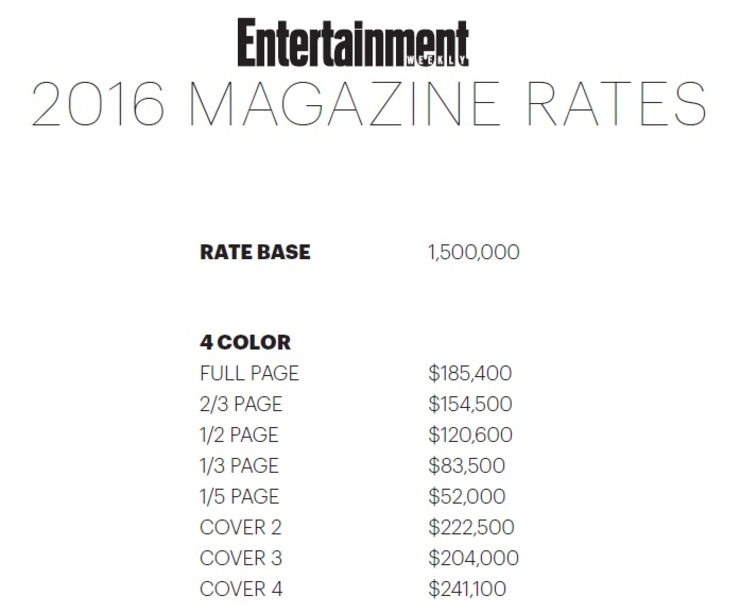
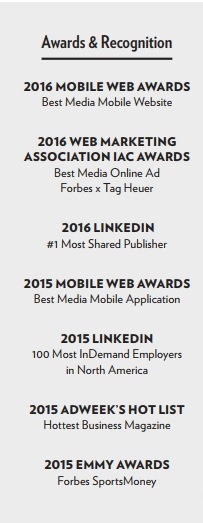 18. Awards – Mentioning your awards in the media kit act as valuable proof of your expertise consolidating your presence as a trustworthy brand. This makes the customer confident that your business can help them.
18. Awards – Mentioning your awards in the media kit act as valuable proof of your expertise consolidating your presence as a trustworthy brand. This makes the customer confident that your business can help them.
Forbes magazine highlights its awards and recognitions which further add to its reputation as a trustworthy brand:
Now that you have understood the concept of content, let’s move on to design.
Design – How to make your press kit stand out
Design is an important part of presenting your media kit.
A vibrant media kit with friendly colours and lots of images will immediately catch the eye of the reader and entice him/her to read it.
Here are a few tricks you can use to create a media kit that will be read.
1. Make it colourful – THIS never fails. Using attractive colours in your media kit will definitely attract the reader’s attention pegging him/her to continue reading.
Kissmetric’s infographic provides statistics proving how colours play an important role psychologically to control our decisions:
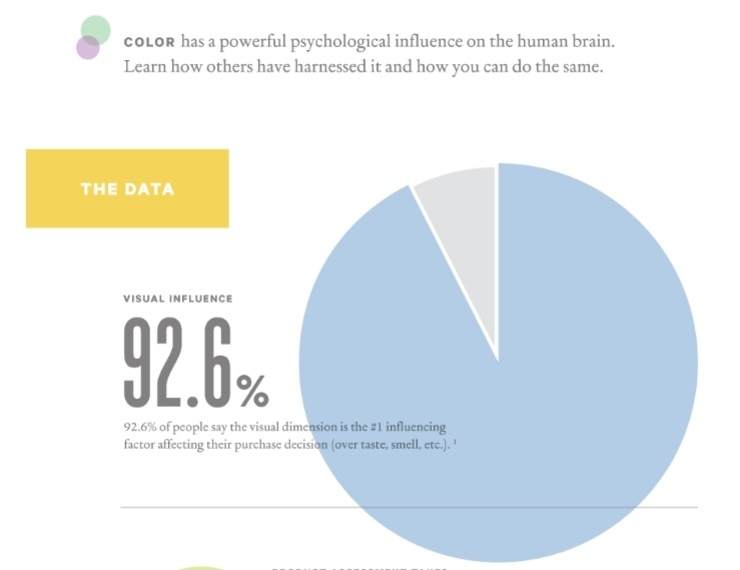
See how Inc.com effectively uses colours to present their information?
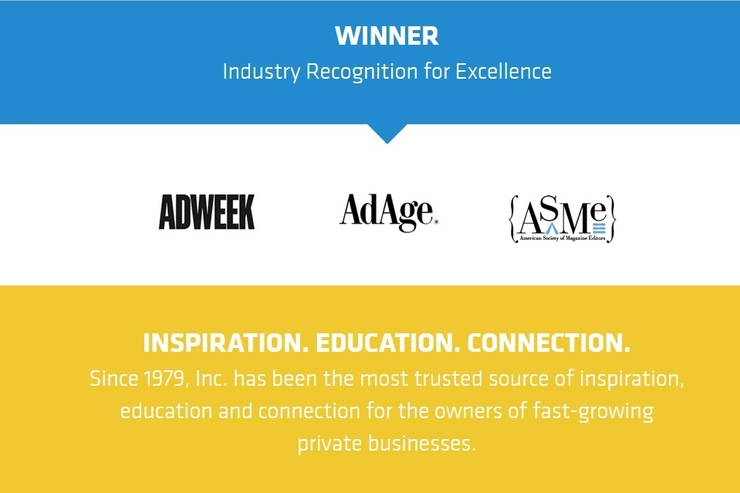
2. Use Images – The best way to drive home a point is through the use of images. Using lots of photographs in your media kit will help readers get a visual idea of your brand and make them connect more to it.
TapSnap in its article on the importance of visual content states that visual content performs 4.4 times better than text-based content:
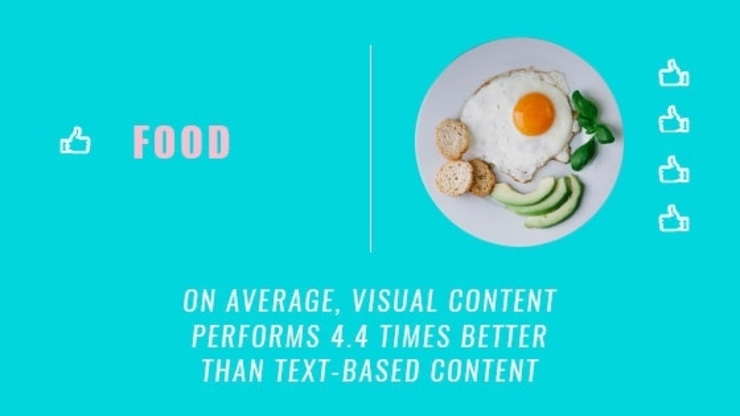
Ad Age grabs the reader’s attention immediately with images of its editions. This helps readers immediately get what kind of content the magazine publishes:
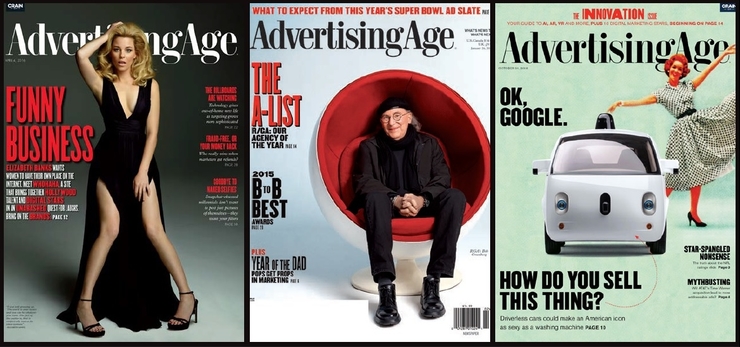
3. Show statistics in an interesting way – Almost all media kits contain demographic statistics in them. Statistics are mere numbers. Just providing the numbers will not affect the reader. But used intriguingly, the same statistics will hit the readers.
Fast Company’s unique way of presenting statistics makes its readers go through it at least once:
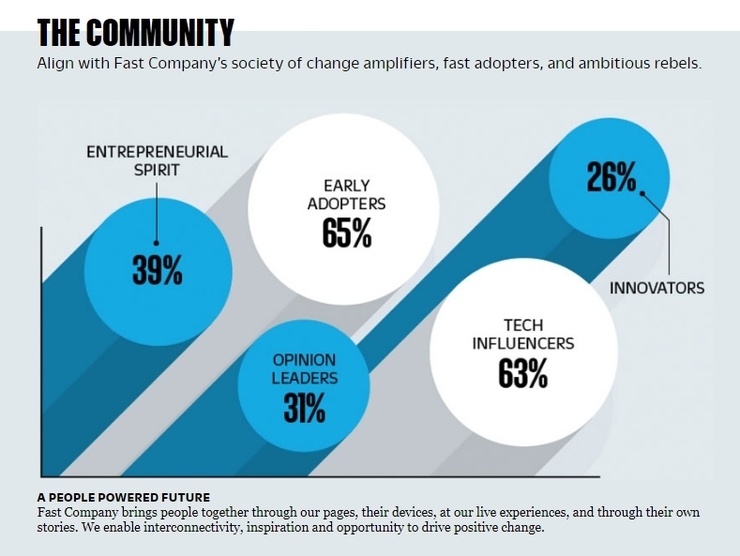
4. Demonstrate your product innovatively – Your media kit is an excellent place to showcase your products. Using an innovative way of demonstration makes sure that the product may become attractive to potential customers.
BizzGrid provides a simplistic demonstration of its product that any layman can understand:

5. Use a Clean Design – A minimalistic and clean design reduces clutter and helps the reader concentrate on the relevant information without getting overwhelmed.
Landor does a good job in presenting all its information in a clean and simple design:
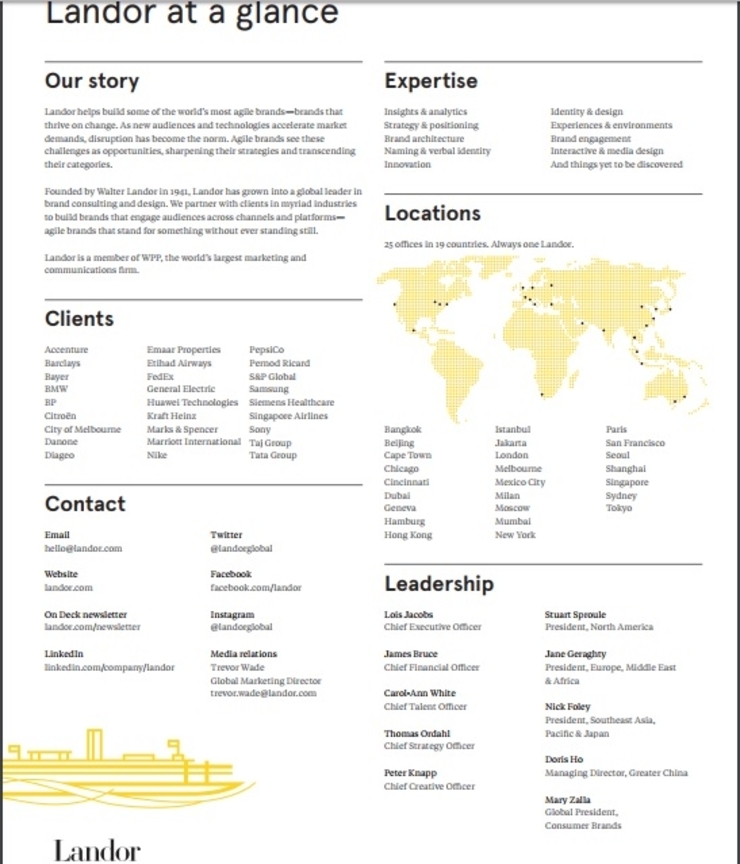
6. Make it fun – Even though your company deals with something serious, it doesn’t cost much to add some spunk to your media kit.
Next City delivers the usual information differently with the use of some lively colours that make the presentation jovial:
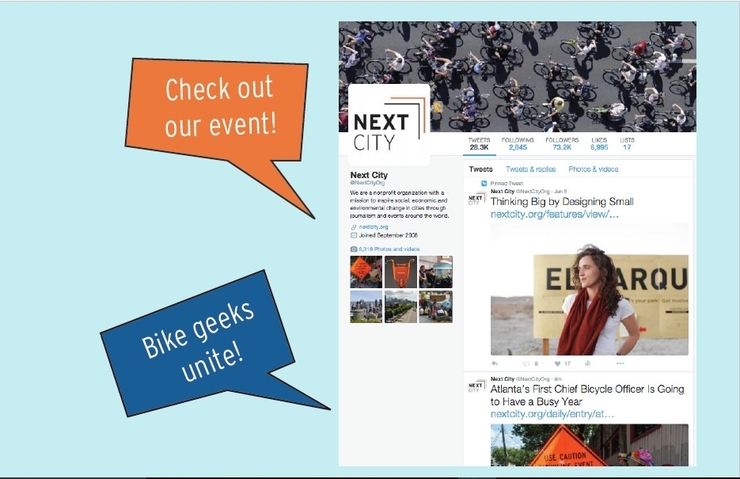
7. Present headshots of your team – Your team is behind the thought and achievements of your brand. Thus giving headshots of your entire team gives a personal touch to your brand and helps readers get to know them.
Airbnb introduces the readers to its team by using large headshots:
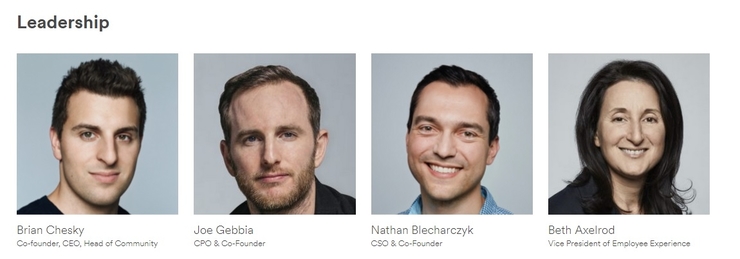
8. Use a Timeline – Presenting your story in the form of a timeline helps readers track the progress of your company and gets them involved in your story.
Instagram uses a timeline effectively to share its story:
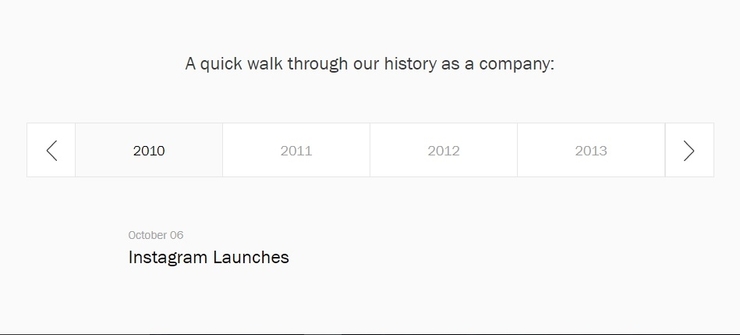
Okay so now that you are aware of Content i.e. what goes into a media kit and Design i.e. how to design your media kit, what do you do next?
You create and then present it.
How to create a media kit?
Let’s start with how to create a media kit.
This decision depends directly on the size of your business and the nature of your operations.
For any business, there are three options to choose from –
- You can entrust your own in-house graphic designers to design a media kit for your company
- You can outsource it to other graphic design companies
- You can create it yourself
How to present a media kit?
So, you have created your media kit. How do you present it?
There are various ways to present your media kit. You can do two things.
- Create a press kit in the process mentioned above in a pdf format and send it across social media channels and to mailing lists
- Create your media kit in a separate section of the website accessible as a link (This will require a web developer)
Press kits mostly appear as links in the footer of your business website that opens into a new section. Most press kits are spread into separate sections like news, features, media assets etc.
For example, Airbnb divides its press page into different sections.

Media kits appear under various names like “Press Room”, “News Room”, “Media Resources” etc. Like Airbnb uses “Newsroom” for displaying its media kit shown in the example above.
If you are sending your media kit through email, make sure you have a proper, organised mailing list first. Do not just blindly send your media kit to everyone in your mailing list. Research to find companies who are aligned with your company and target your media kit for them. Sending out personalised media kits to individual journalists work much better since you can be more focused and explain what you want to achieve. It will also help you develop a personal connection with the person you will be approaching and get you better results.
Media kits are an important resource for every business and pave the way for a better business exposure. It is a good investment that every business should make.
Following the steps above, you can ensure that your media kit stands out like a superstar and helps you reach out to potential customers.

